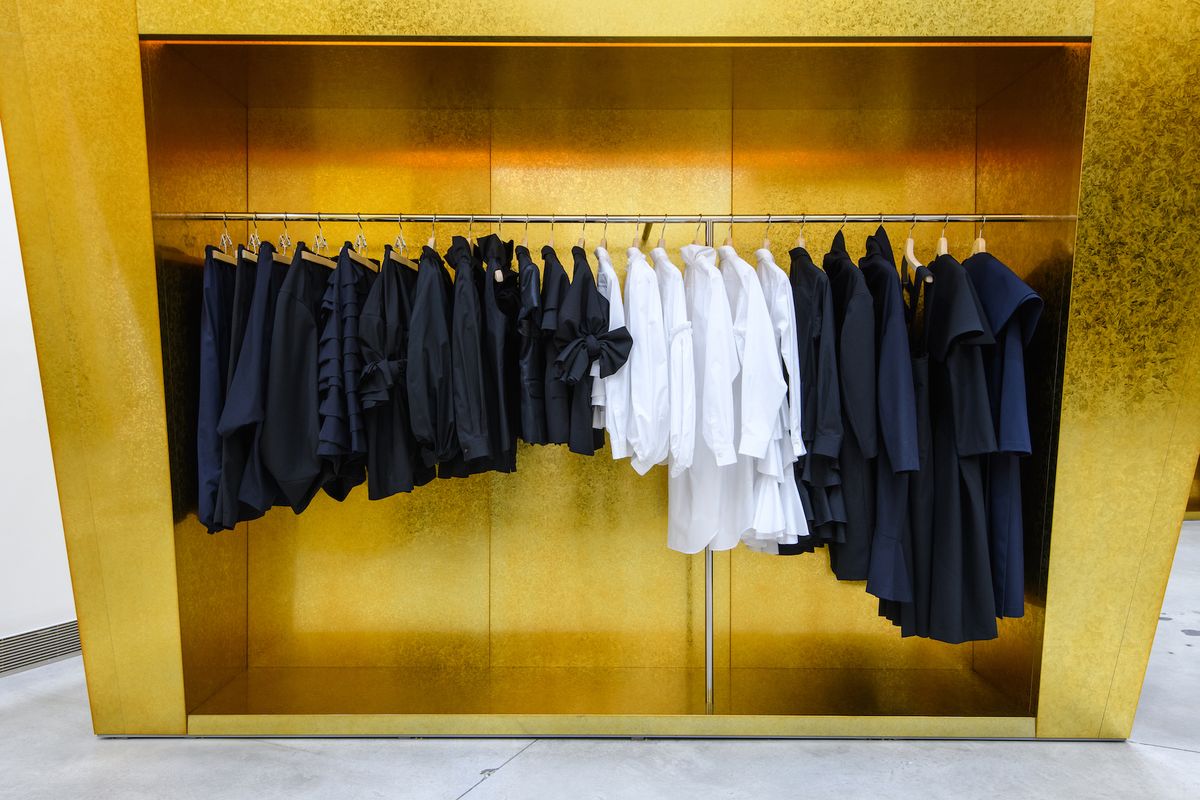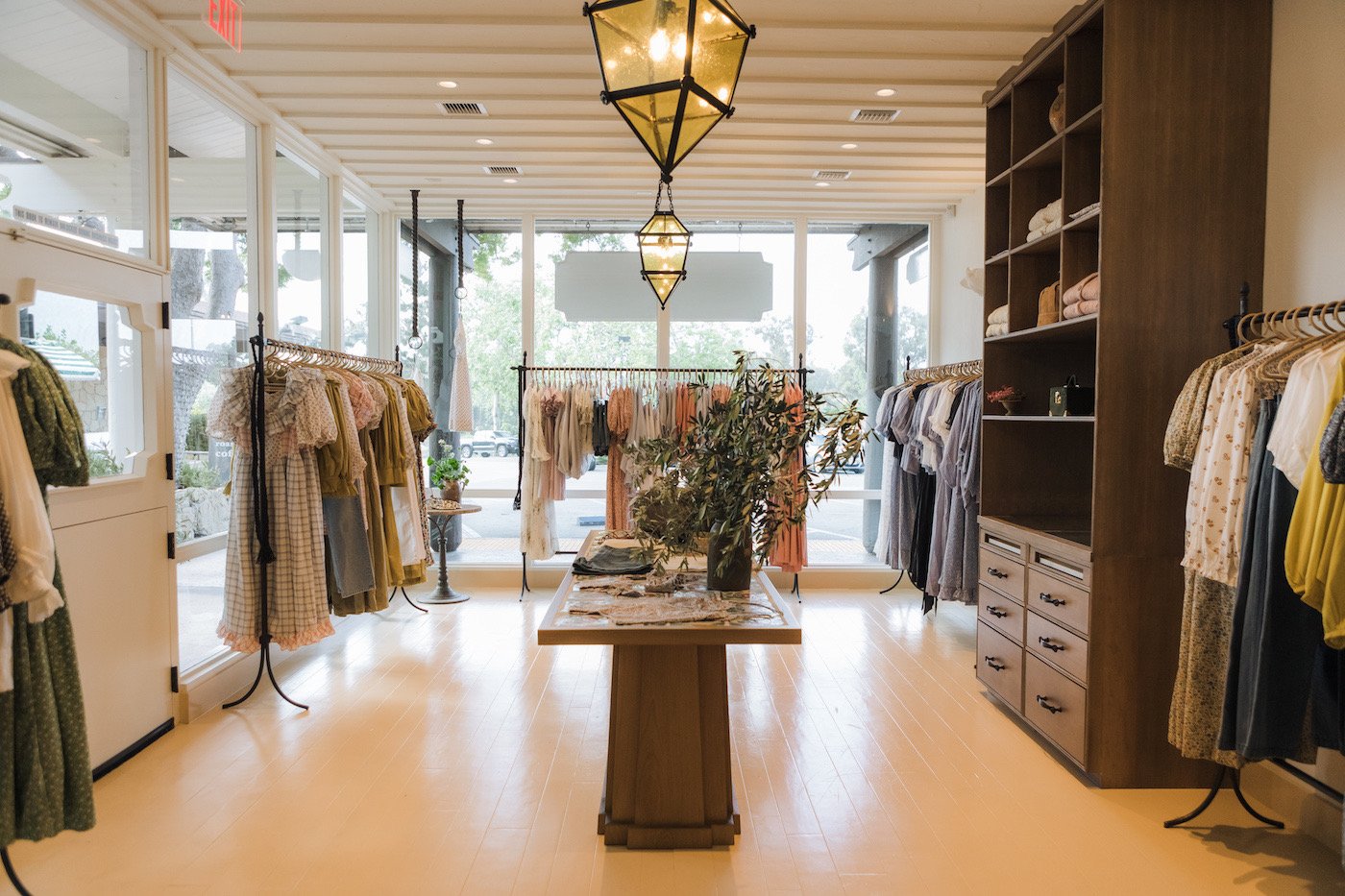Elevate Your Wardrobe with Spectacular Boutique Fashion Fundamentals
Elevate Your Wardrobe with Spectacular Boutique Fashion Fundamentals
Blog Article
Checking Out the Evolution and Impact of Apparel on Modern Fashion Trends
The advancement of clothes has considerably affected modern-day style trends, merging historical precedents with advanced developments. Famous numbers like Coco Chanel and Yves Saint Laurent transformed the fashion market by introducing ideas that focus on comfort and accessibility, which proceed to reverberate today. Technical strides in locations such as 3D printing and wise fabrics are redefining layout opportunities and customer experiences (boutique fashion). In addition, the expanding focus on inclusivity and sustainability is improving sector standards. As we take into consideration these multifaceted impacts, one should wonder about exactly how these aspects jointly redefine fashion's duty in reflecting and forming contemporary society.
Historic Style Influencers
In the tapestry of style background, certain figures have left an indelible mark, shaping the patterns and designs that define whole ages. Coco Chanel, a revolutionary developer, redefined ladies's style by introducing comfy, elegant garments that left from limiting bodices. Her iconic Chanel match and little black gown have actually become ageless staples in wardrobes worldwide. Similarly, Christian Dior's post-war "New Look" in 1947, with its celebration of feminineness with full skirts and cinched midsections, marked a go back to opulence and has actually proceeded to affect designers.
Elsa Schiaparelli is an additional critical number, renowned for her progressive layouts that incorporated surrealist art, teaming up with Salvador Dalí to create whimsical pieces that tested conventional appearances. Her innovative use of shade and strong patterns reverberates in modern fashion. Yves Saint Laurent, on the other hand, equalized high fashion with prêt-à-porter collections, bringing runway styles to the masses and establishing a precedent for modern ready-to-wear lines.
These enthusiasts, amongst others, not just revolutionized fashion in their times however likewise set sustaining trends that resonate in today's fashion business, giving a foundation upon which modern designers continue to introduce and build. Their traditions highlight the relevance of imagination and bold in vogue's ever-evolving story.
Technical Innovations in vogue
Among the vibrant landscape of the fashion business, technological developments stand at the leading edge of technology, improving just how designers produce and consumers engage with fashion. The integration of 3D printing has revolutionized design procedures, making it possible for developers to trying out intricate frameworks and lasting materials that were formerly impossible. This modern technology assists in fast prototyping, decreasing waste and speeding up production times.

Smart fabrics, embedding innovation into textiles, are also changing the sector. Developments like temperature-regulating and self-cleaning fabrics provide boosted functionality and comfort. Wearable modern technology, incorporating functions like health and fitness tracking and communication, adds a brand-new measurement to style, merging looks with functionality.
Cultural Shifts and Style
As technological developments remain to reshape the apparel industry, cultural shifts are equally influential, redefining style and consumer preferences. In the last few years, the surge of social media systems has actually increased the circulation of international style patterns, enabling diverse cultural impacts to merge and exist side-by-side. This digital interconnectivity has helped with the rapid exchange of ideas, bring about an extra inclusive and diverse analysis of style that shows the multifaceted nature of modern culture.
Cultural awareness and appreciation have actually triggered designers to draw ideas from a broader spectrum of ethnic and historical contexts, integrating conventional concepts with modern aesthetic appeals. This combination has resulted in fashion that reverberates with a larger audience, advertising a sense of identification and belonging throughout different demographics. In addition, the boosting need for personalization has actually driven brands to supply adjustable options, making it possible for consumers to share uniqueness while reflecting their social heritage.
Additionally, shifting societal values have influenced fashion, with inclusivity and variety becoming main themes. The sector has started to embrace designs and influencers of various body kinds, ethnic backgrounds, the original source and sex identities, tough conventional elegance standards. This makeover underscores the power of social changes fit the future of fashion, as design ends up being an extra authentic expression of individual and cumulative identity.
Sustainability and Modern Layout
While the garment industry continues to develop, the important for sustainability has actually become progressively immediate, affecting modern-day design methods. This shift aims to attend to moral considerations and environmental issues, causing a reevaluation of traditional production techniques. Developers are currently incorporating sustainable materials, such as organic cotton, recycled polyester, and naturally degradable materials, right into their collections, lowering the eco-friendly footprint of fashion. The rise of sluggish fashion, which highlights high quality over amount, motivates customers to purchase ageless items as opposed to transient patterns.
In addition, contemporary design is identified by its development in minimizing waste i thought about this and advertising circularity. This method not just mitigates ecological effect yet also improves the social responsibility of fashion residences.

Future Trends in vogue

Sustainability will certainly continue to be a driving pressure in shaping future style patterns. The industry is progressively embracing environmentally friendly products and ethical manufacturing methods, reacting to a growing customer demand for accountable practices. Advancements such as bio-fabricated materials and closed-loop recycling systems are established to redefine how garments is created and eaten, lowering environmental influence while keeping a knockout post design and top quality.
Cultural changes, consisting of the increase of inclusivity and variety, will likewise play an essential function. As culture becomes a lot more familiar with social issues, style is anticipated to become a system for expression and adjustment. Designers will likely concentrate on producing collections that show a broader variety of experiences and identities, championing depiction and accessibility.
Conclusion
The evolution of clothing significantly impacts modern style fads, where historic influences merge with contemporary designs. This ongoing evolution emphasizes style's function as a mirror to societal values and technical innovation, recommending a future rich with development and inclusivity.
The evolution of apparel has substantially affected contemporary fashion fads, merging historical criteria with sophisticated advancements.Amidst the vibrant landscape of the fashion industry, technological innovations stand at the center of innovation, improving exactly how designers develop and consumers engage with style.While the style market continues to develop, the crucial for sustainability has come to be progressively urgent, affecting modern layout methods. As sustainability comes to be embedded in modern-day style, it leads the means for a more aware and accountable style industry.
The advancement of clothes dramatically affects modern-day fashion fads, where historical impacts merge with contemporary layouts.
Report this page